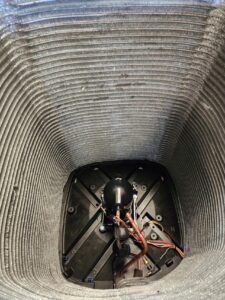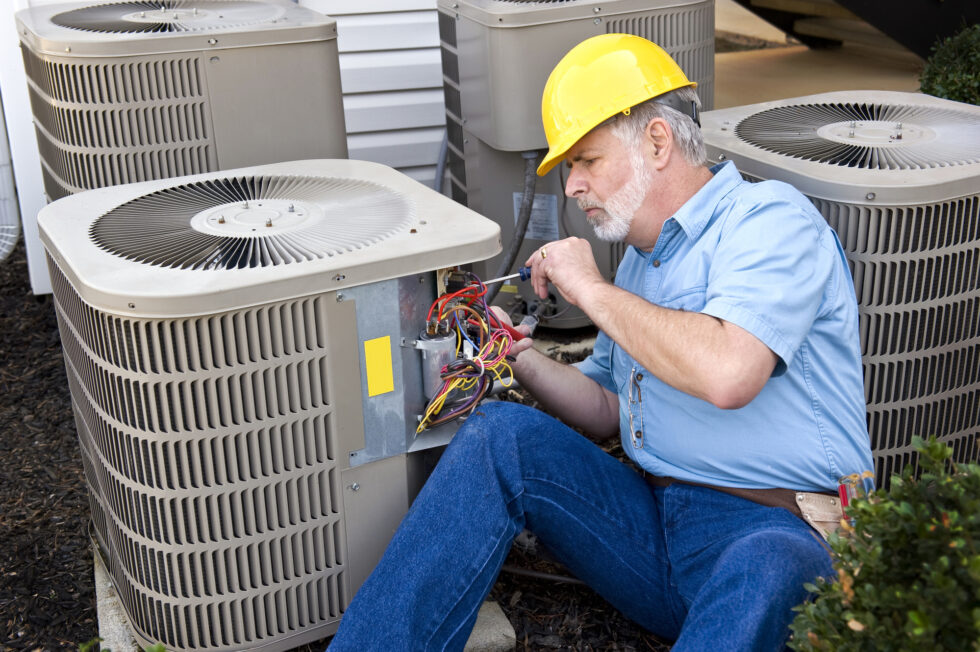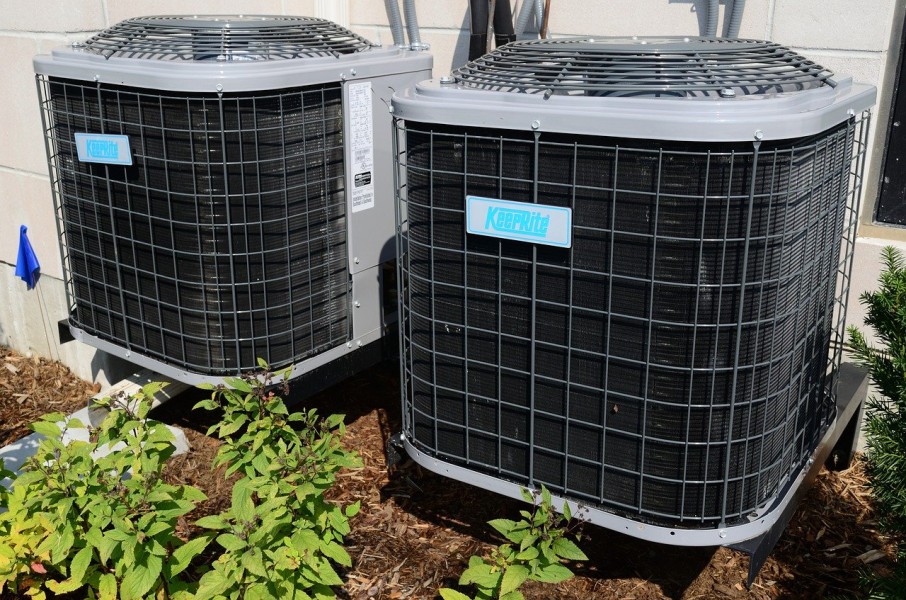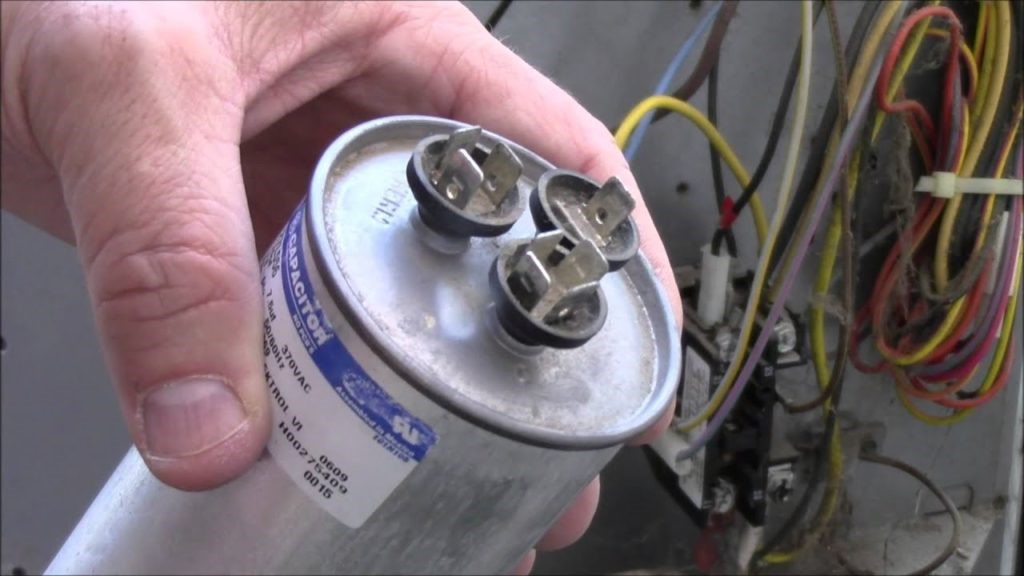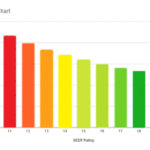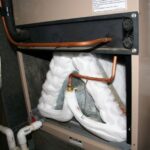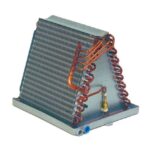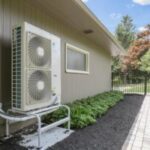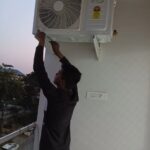What HVAC means.
In this article you are going to know the meaning of HVAC, the HVAC industry , working principle of HVAC system

HVAC full form (Electrical engineering, building other Engineering displines)
HVAC stands for Heating, Ventilation, and Air Conditioning.
The HVAC system is designed for homes, office buildings and hospitals
Heating, ventilation, and air conditioning systems are essential in various settings, including airplanes, offices, schools, cars, residences, healthcare facilities, shopping centers, restaurants, and even spacecraft. Their primary purpose is to ensure that individuals within these spaces enjoy comfort of suitable temperature and have access to clean and breathable air.
What is HVAC?
HVAC def. (Definition). HVAC, which stands for Heating, Ventilation, and Air Conditioning, is defined as a comprehensive and integrated system designed to provide thermal comfort by cooling, heating and indoor air quality within residential, commercial, or industrial spaces. HVAC systems are designed to regulate temperature, humidity, air quality, and air circulation to ensure the comfort and well-being of occupants. These systems include components like heating units (e.g., furnaces), cooling equipment (e.g., air conditioners), ventilation systems (e.g., fans and ductwork), and various controls and sensors to maintain the desired indoor conditions.
All these systems must work together in order to achieve a desired comfortable space.
HVAC is essential in a wide range of applications, including residential (homes), commercial, industrial, and transportation settings.
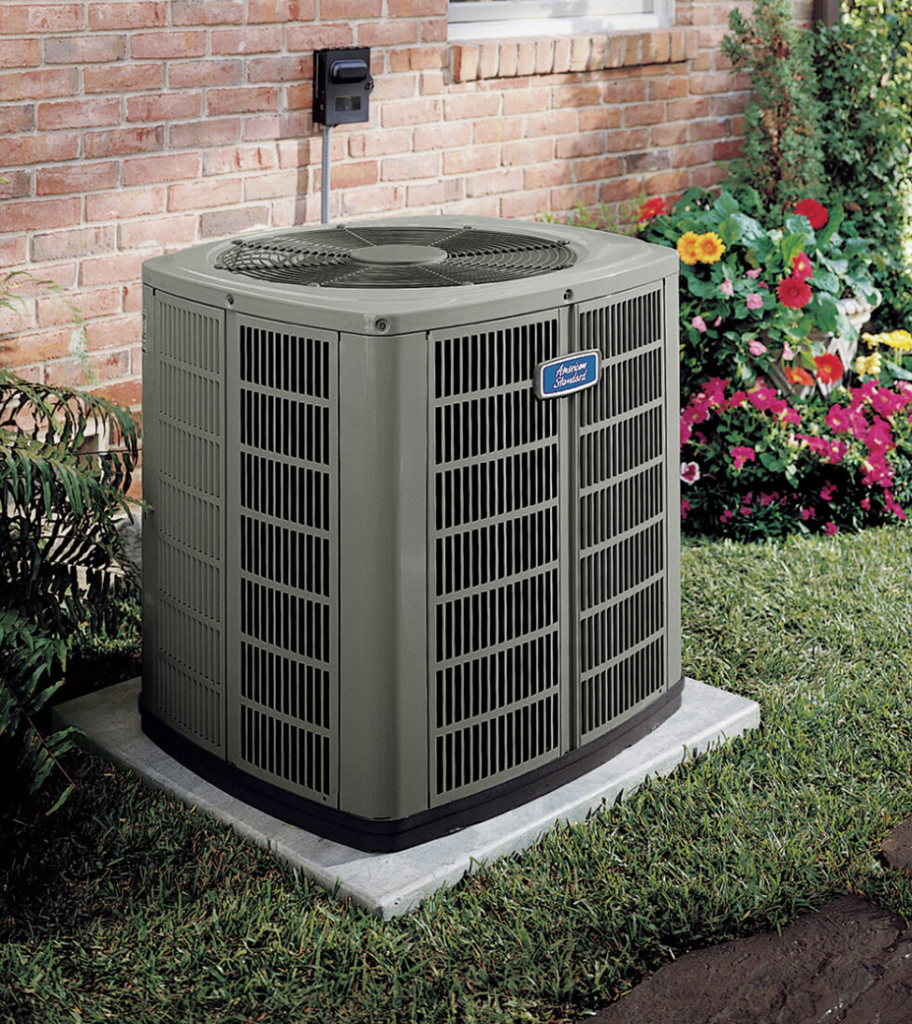
What HVAC means
HVAC meaning in engineering.
HVAC, which stands for Heating, Ventilation, and Air Conditioning, means and represents a comprehensive system designed to ensure optimal comfort through heating, cooling and providing air quality within various enclosed spaces, such as homes, offices, and even transportation vehicles. This system serves multiple purposes, including heating and cooling, and it extends beyond mere temperature control to encompass ventilation and enhanced indoor air quality.
It’s important to distinguish HVAC from the term “AC,” where AC solely refers to air conditioning. HVAC, on the other hand, encompasses a more extensive and integrated framework. This framework can include components like heating units and cooling equipment, working together to maintain the desired temperature within a space. Additionally, the HVAC system involves ventilation mechanisms, which ensure proper air circulation and exchange. Furthermore, it incorporates features to enhance indoor air quality, such as filtering out pollutants and allergens, making it a complete home comfort system. So, HVAC is the all-encompassing term that addresses not only temperature control but also ventilation and air quality management in a given environment.
Note
It’s common for HVAC and AC to be mistaken for one another, but AC is a specific reference to standalone air conditioning, whereas HVAC encompasses a more comprehensive system that can include or exclude air conditioning components.
Components or parts of HVAC system.
An HVAC (Heating, Ventilation, and Air Conditioning) system is a complex assembly of various components, both inside and outside a building or home, working together to provide complete temperature control and maintain indoor comfort. These are some of the key components that make up an HVAC system and their respective functions:

Air Conditioner (AC:
An air conditioner is responsible for cooling your indoor space. It achieves this by removing heat and humidity from the indoor air and transferring it outside, leaving the interior cooler and more comfortable.
Heat Pump:
Despite the name, a heat pump can both heat and cool your home. It uses refrigerant to absorb, transport, and release heat. The direction of heat transfer can be reversed depending on whether you need heating or cooling. Heat pumps are energy-efficient and typically powered by only electricity, not fossil
Furnace:
Furnaces generate heat by burning a fuel source such as natural gas, heating oil or propane. The heat produced is then distributed throughout your home via a network of ducts to raise the indoor temperature.

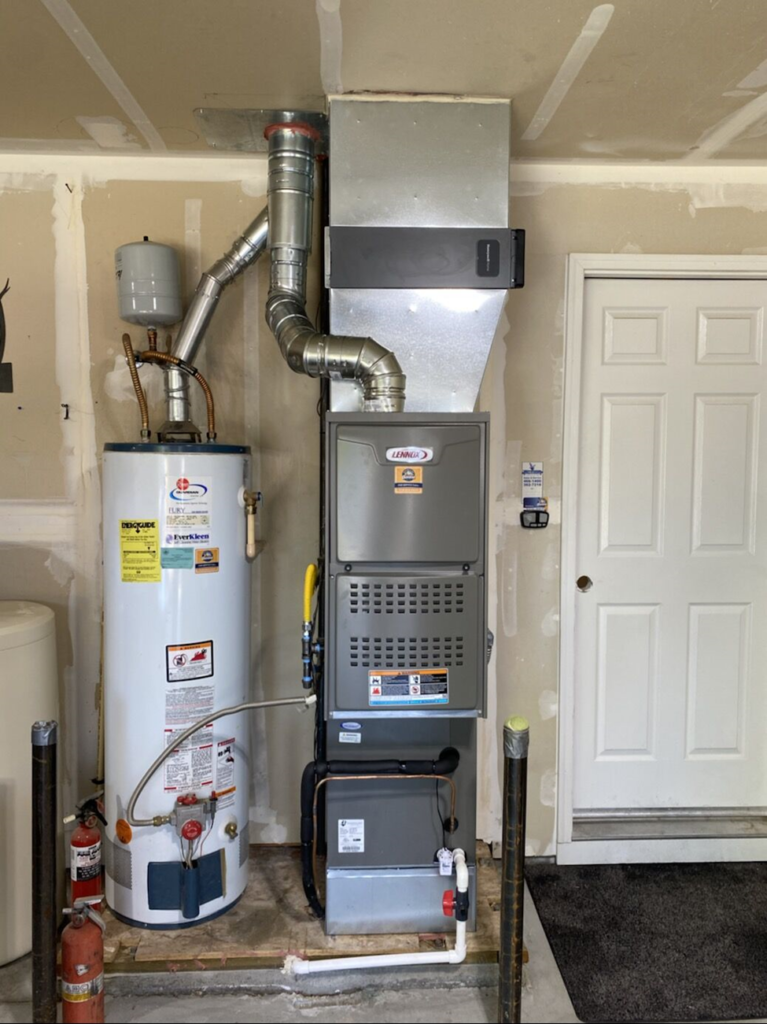
Air Handler:
Air handlers are responsible for circulating both warm and cool air generated by other HVAC units throughout your entire home. They ensure that the desired temperature is achieved in every room.
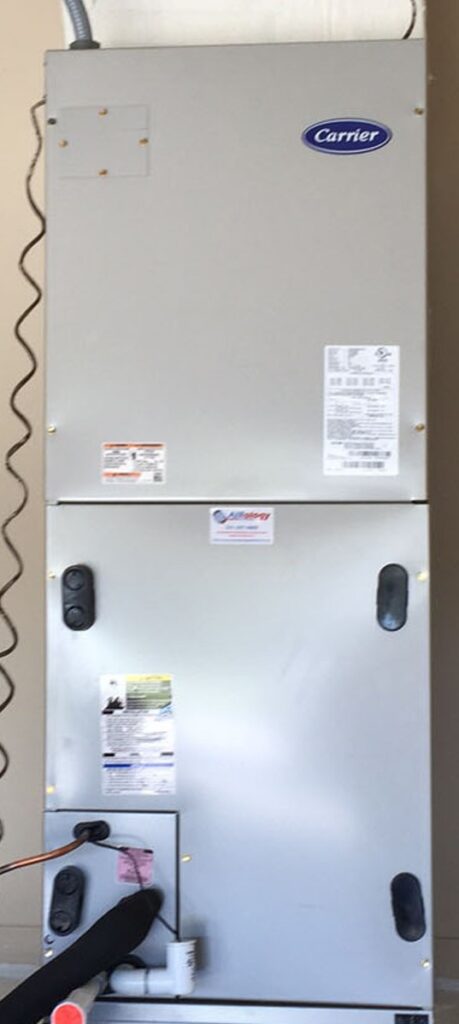
Air duct
Air duct is a system of pipes that carry and distribute conditioned air from units like your furnace, air conditioner, and heat pump to various rooms in your home. Properly designed and maintained ductwork is essential for even and efficient air distribution.
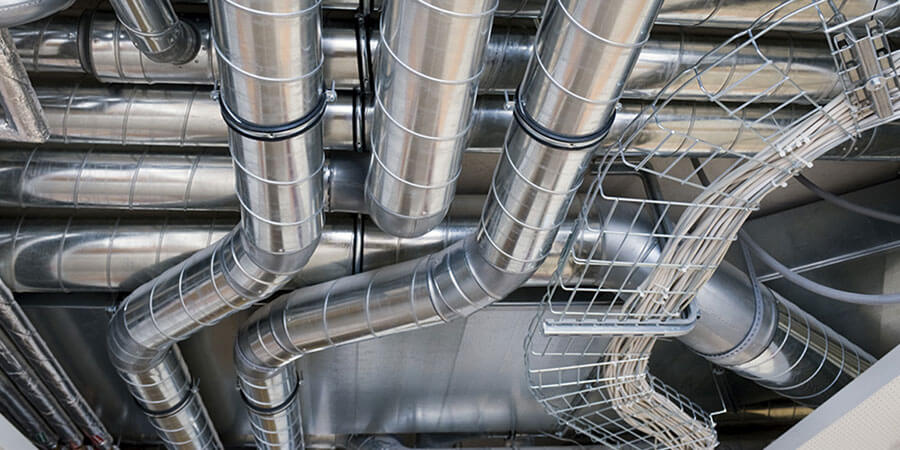
Thermostat:
The thermostat, typically located indoors, allows you to control the indoor temperature. When you adjust the temperature on your thermostat, it sends signals to the rest of the HVAC system, instructing it to provide either more heating or cooling, based on your preferences.
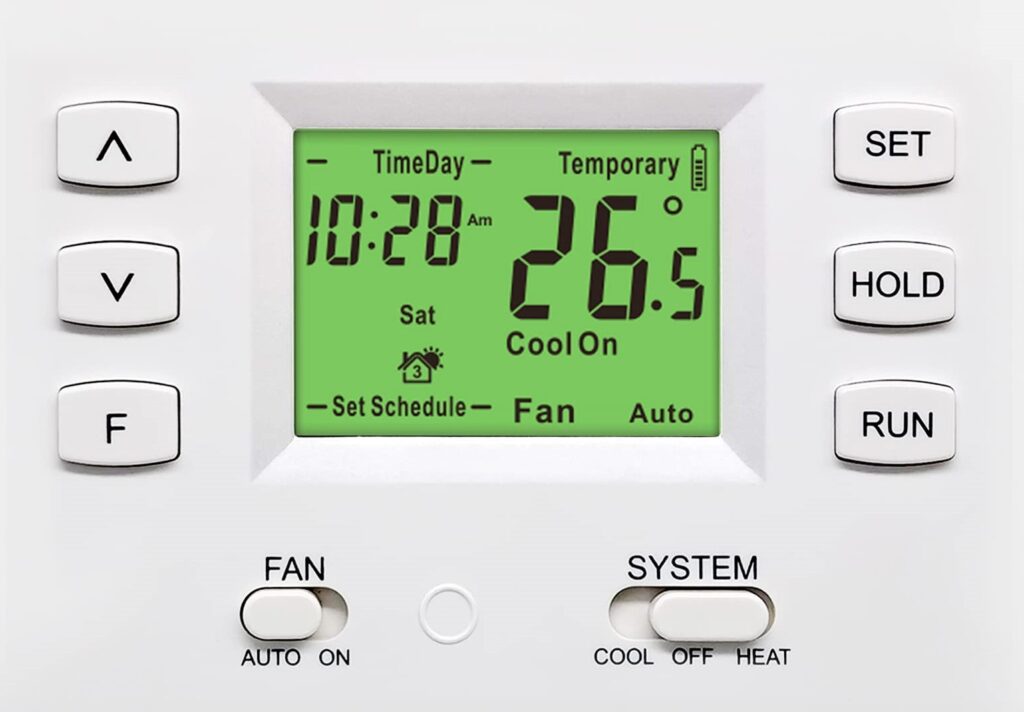
These components work together in harmony to provide year-round comfort and regulate indoor temperature. The right combination of these HVAC units, along with other components, can help ensure that your specific heating and cooling needs are met while maintaining good indoor air quality. It’s essential to select and maintain these components properly to achieve energy efficiency and a comfortable living environment.
HVAC system working principle
Working principle of HVAC system
The working principle of an HVAC (Heating, Ventilation, and Air Conditioning) system is a comprehensive process that encompasses various essential components to ensure indoor comfort and air quality. Here’s a detailed breakdown of how an HVAC system operates:
- Ventilation: The process begins with ventilation, which serves as the foundation of the HVAC system. Ventilation involves the introduction of fresh air from the outside or within the building. There are two primary methods:
- Natural Ventilation: In many homes, natural ventilation occurs through windows, doors, vents, and openings. It facilitates the exchange of indoor and outdoor air to maintain oxygen levels and remove odors, carbon dioxide, and excess moisture.
- Mechanical Ventilation: In modern constructions, which are often tightly sealed, mechanical ventilation becomes crucial. Mechanical systems, such as fans and ductwork, are employed to control the flow of fresh air into the building.
- Air Filtration: The introduced air passes through air filters during the intake phase. These filters are designed to remove impurities such as dirt, dust, allergens, and other particles, ensuring that the air entering the system is clean and safe for occupants.
- Temperature Control:
- Air Heating: When heating is required, the heating unit of the HVAC system is activated. This unit utilizes electronic heating elements (e.g., electric heaters, induction coils, thermostats) to generate a heated region within the path of the suction air. As air passes through this heated region, it warms up, and warm air is introduced into the room, raising the indoor temperature to the desired level.
- Air Cooling: Cooling is achieved by activating the cooling unit. Air is passed through a coil, a component of a heat exchanger, which can be of the shell and tube or cross-flow coil type. The heat exchanger contains a refrigerant that removes heat from the suction air. Cooled air, free of heat, is then introduced into the room. The cooling unit is equipped with a compressor that is responsible for liquefying the refrigerant.
- Air Distribution: Once the air is cleaned, conditioned, and at the desired temperature, it is directed into the building for distribution. In central systems, the treated air moves through a network of ducts and registers to various rooms. In other systems, the air is directed directly into the space it serves.
- Additional Components: Depending on specific needs, additional components like humidifiers or air purifiers may be integrated into the HVAC system to achieve humidification, dehumidification, or air purification, enhancing indoor air quality.
- Power Source: HVAC systems can be powered by either gas or electricity. Most modern systems use electricity, but exceptions include furnaces, which can be powered by gas or oil.
In summary, the working principle of an HVAC system involves ventilation, air filtration, temperature control (heating or cooling), air distribution, and optional components for humidity control and air purification. This comprehensive process ensures that indoor air quality is improved and indoor comfort is maintained, making HVAC systems a vital component of modern buildings and residences



